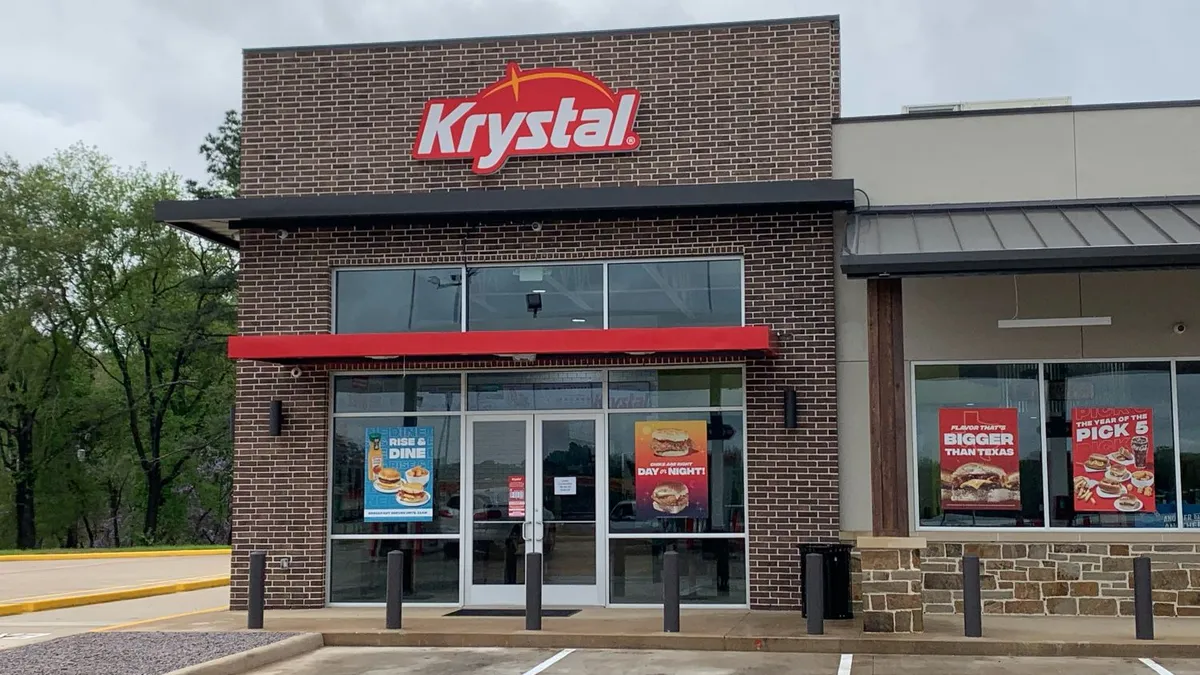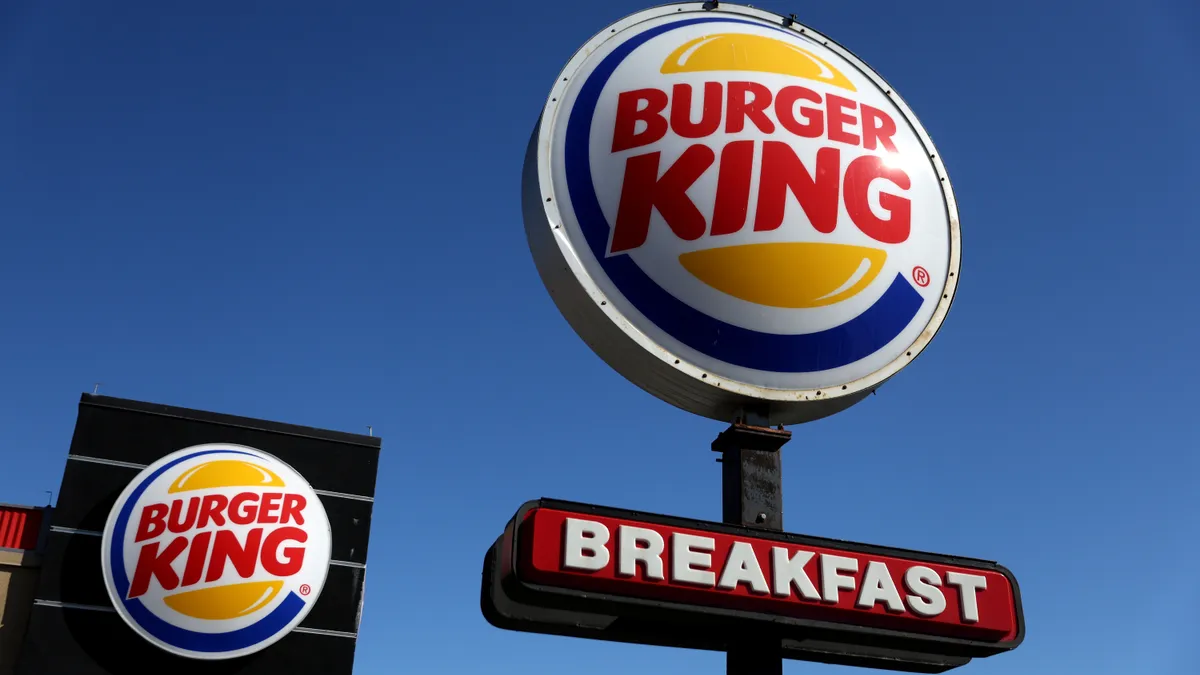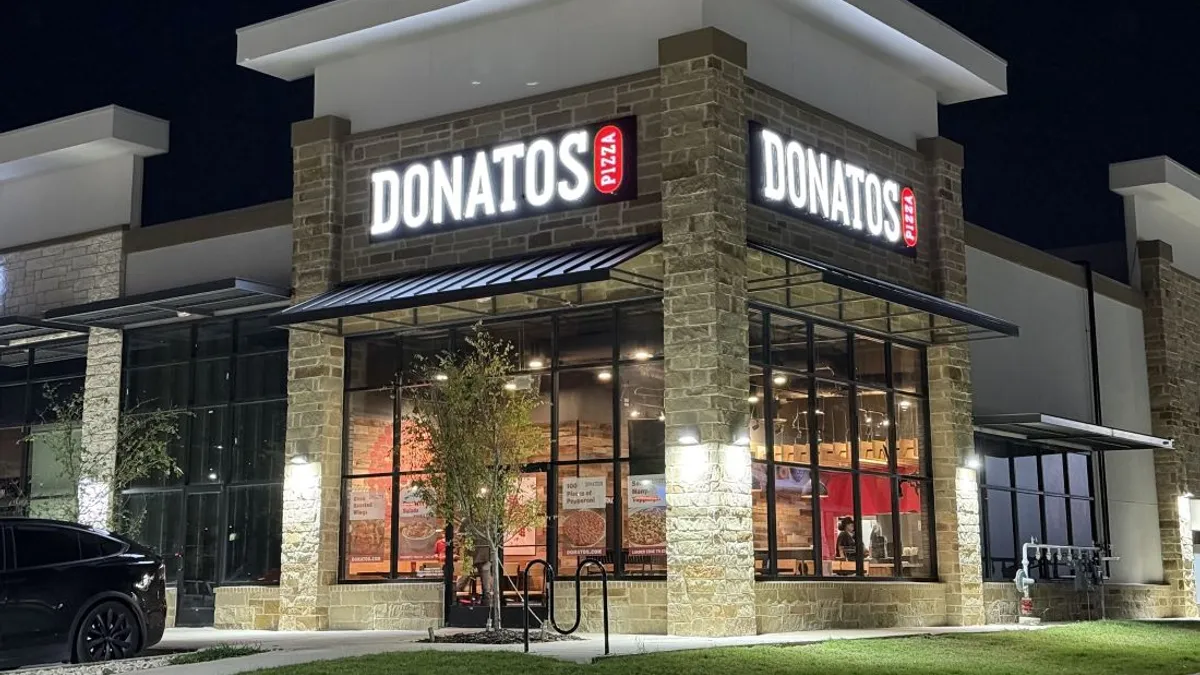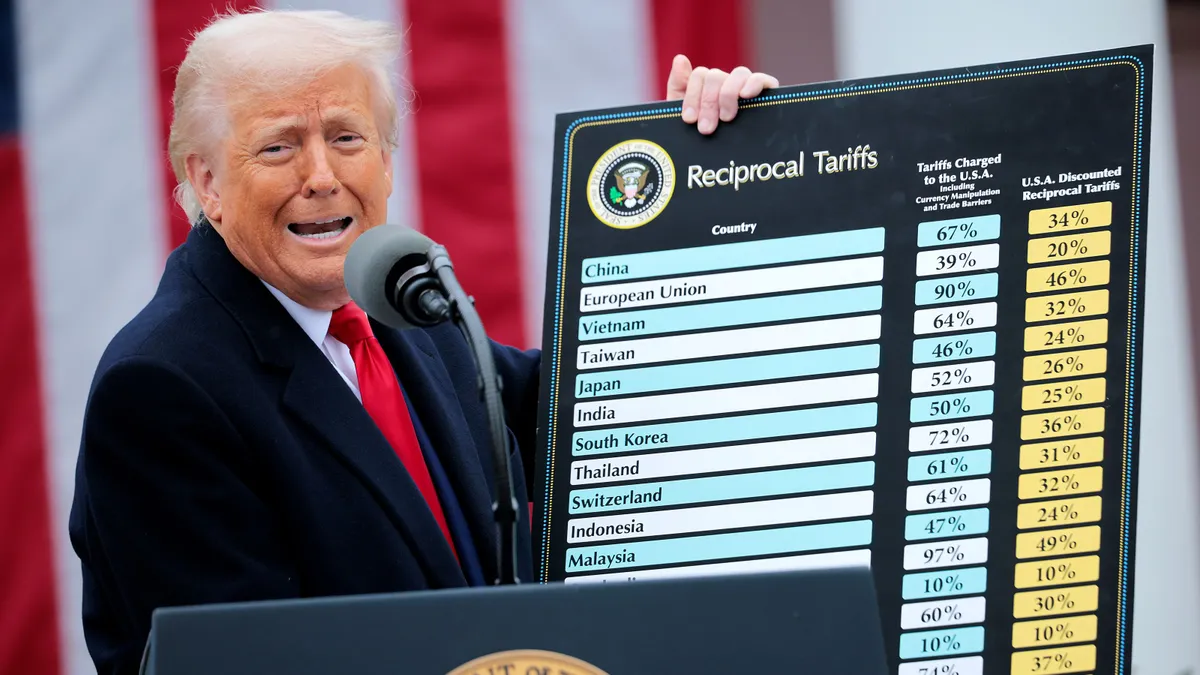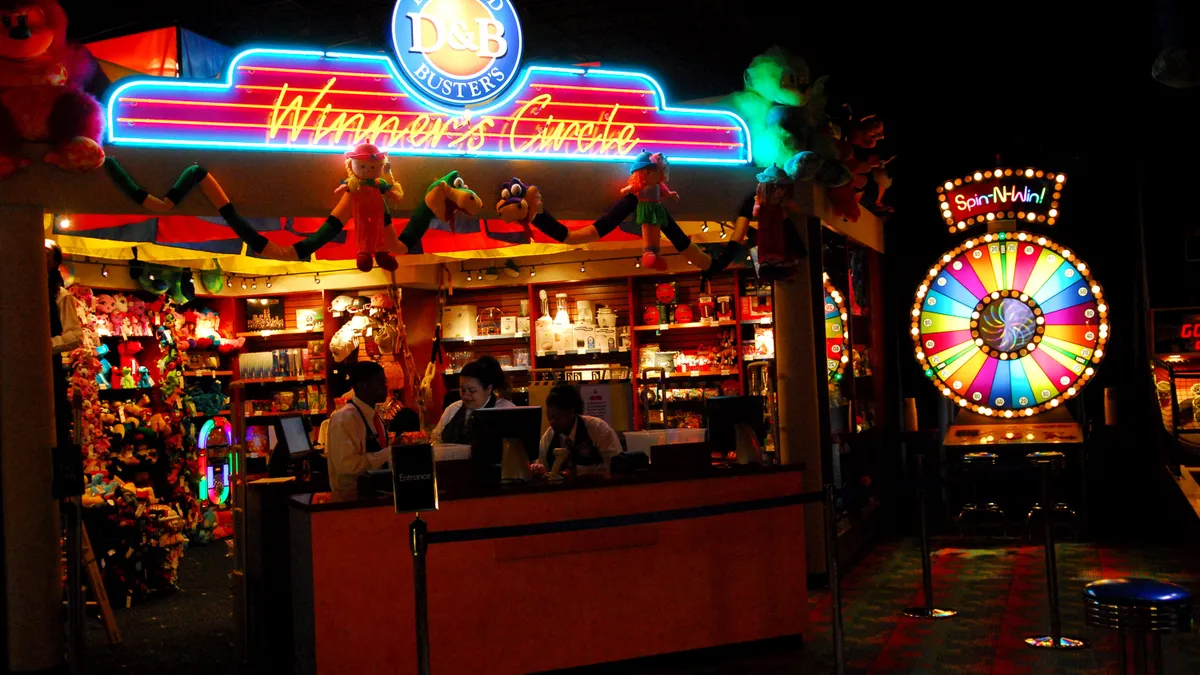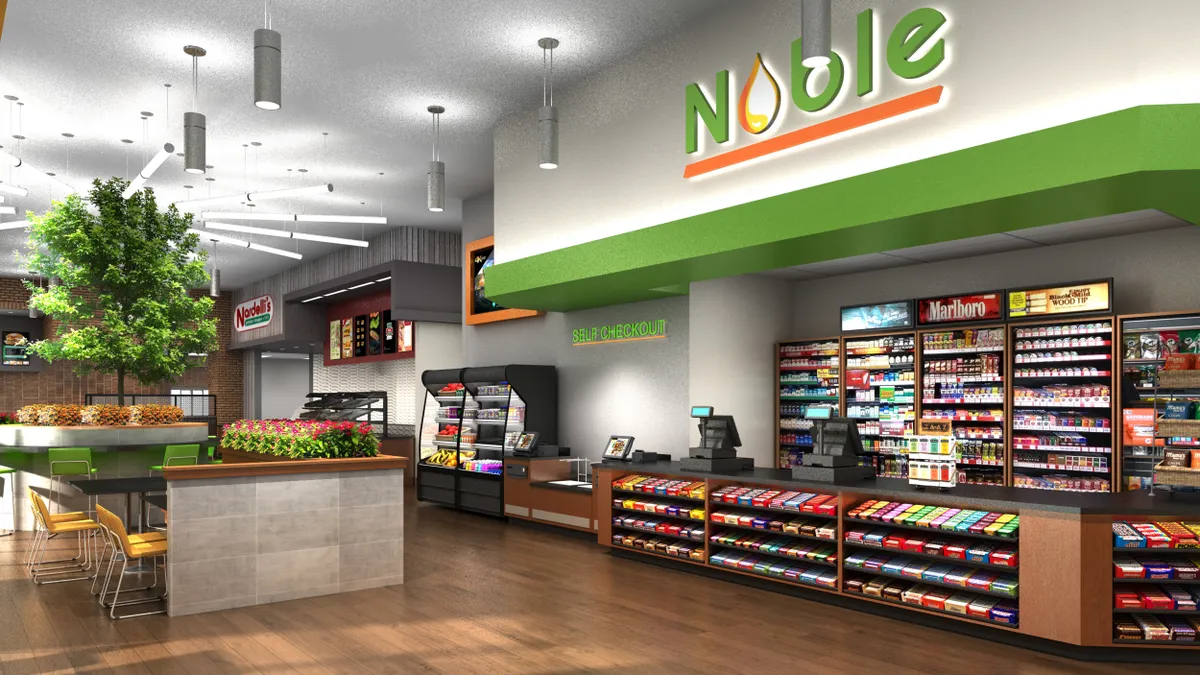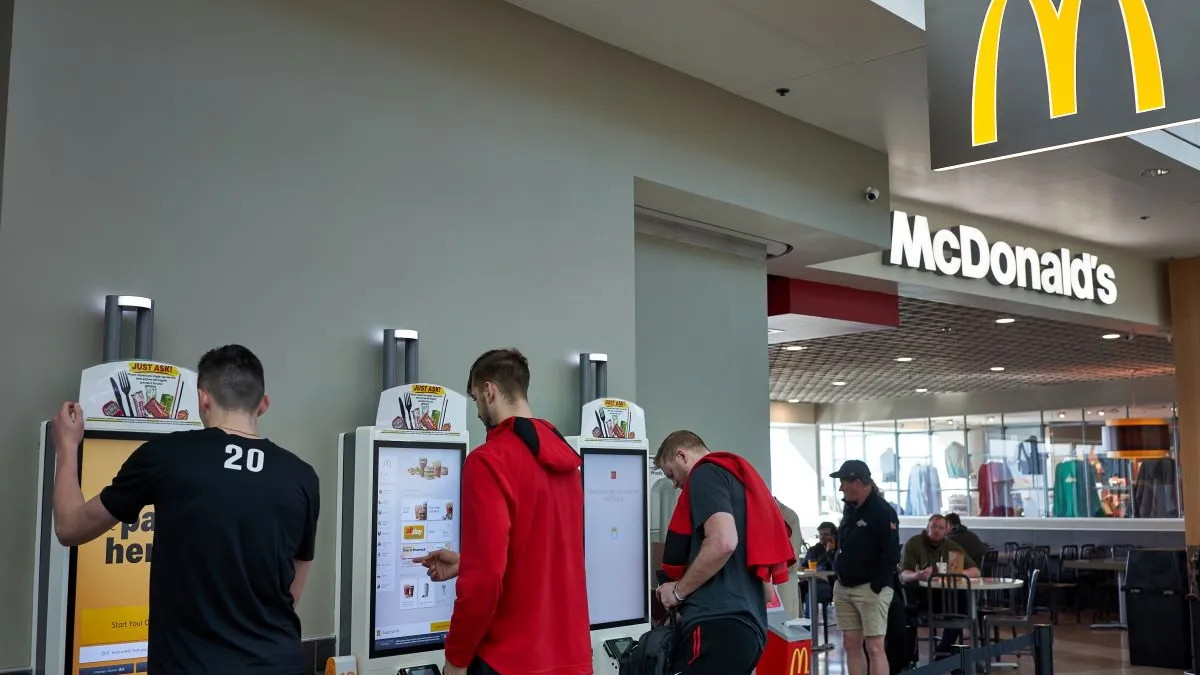Starbucks is poised for a brand transformation, with many corporate policy and strategy changes already set in motion by interim CEO Howard Schultz. But what will progress look like under incoming CEO Laxman Narasimhan?
Like predecessor Kevin Johnson, Narasimhan is a newcomer to both the restaurant industry and to Starbucks. But he will take the reins of the company at arguably one of the most tumultuous periods in its history. Though major COVID-19 disruptions are mostly in the rearview mirror, the coffee giant faces overwhelming consumer demand and an intensifying union drive across its U.S. store network. Will Narasimhan’s past leadership experience prime him for Starbucks’ unique challenges?
Restaurant Dive explored Narasimhan’s professional background for clues of how his transformational tactics in past roles could translate to his upcoming CEO tenure at Starbucks.
He demonstrated agility through strategic Reckitt transformation
As CEO at Reckitt Benckiser Group, a consumer health company, Narasimhan was responsible for the firm’s transformation during the pandemic’s onset. He began work at Reckitt in July 2019, according to his LinkedIn profile. Narasimhan was an outside hire for Reckitt’s CEO post, a role which he said in 2020 came with its own priorities. In February of that year, Narasimhan laid out a strategy to rejuvenate Reckitt’s hygiene business model by reinvesting in the company’s core competencies.
“As an outside CEO, you do not come in because the direction of the company is what the board wants,” he said in an interview with his former employer McKinsey & Company. “You meet with investors, you need to learn about governance and how to manage the board.”
Narasimhan placed a premium on agility at Reckitt, which saw sales of its hygiene products grow as a result of the COVID-19 crisis. In the early months of the pandemic, Narasimhan told McKinsey sanitizer production grew twentyfold while the company simplified operations, including cutting 80% of its SKUs in some factories.
Starbucks is reckoning with its own proliferating demand for ultra-customized beverages, which are often made popular on social media platforms like TikTok and Instagram. But the company has waffled on whether this trend is a boon or a drain. In Q2, Schultz complained this demand was straining operations, but in Q3 he praised the offering as a point of differentiation from competitors. Narasimhan’s experience with cutting SKUs could help Starbucks’ contract its menu to optimize efficiency.
He’s overseen successful international business divisions
As a director of McKinsey’s Delhi office, Narasimhan argued for multinational companies to focus on scale and speed when entering emerging markets like Brazil, Russia, India and China.
That growth and efficiency allowed multinationals to vary business strategies, both by targeting consumers whose tastes are similar to those in major Western economies and by localizing production or changing business models to suit the price points of major markets, Narasimhan argued.
In 2012, Narasimhan joined PepsiCo. He rose to the post of CEO of Pepsico’s Latin American, Sub-Saharan African and European divisions. In that position, according to Food Business News, Narasimhan was responsible for overseeing the company’s expansion in those markets. Latin America and Sub-Saharan Africa saw high growth in the early 2010s, powered by high-priced commodity exports. Spending power in those emergent markets was shaken by falling prices from 2014 to 2016, and again by the global contraction accompanying COVID-19.
Starbucks has seen China emerge as a vital growth market in recent years, with then-CEO Kevin Johnson emphasizing the chain’s position in that emerging territory in the company’s Q4 2021 earnings call. By the end of 2021, Johnson said Starbucks had 5,360 stores in China, where the chain is preferred over other coffee brands by 50% of consumers. Narasimhan’s experience researching consumer trends in emerging market economies and his experience at PepsiCo could contribute to Starbucks’ growth in international markets outside of Europe and Canada.
“China's coffee market is still in its very early stages, and we have a long runway for growth ahead. Store development will continue to fuel the growth for Starbucks China, and we'll continue to expand our retail footprint in a strategic and disciplined way,” Belinda Wong, chairman of Starbucks China, said during Starbucks’ Q3 earnings call.
He worked with Starbucks through PepsiCo
Narasimhan’s tenure at PepsiCo saw the company deepen its relationship with Starbucks, which began in the mid-1990s with deals to distribute Starbucks’ retail beverages in the Americas. In 2015, when Narasimhan was CEO at PepsiCo Latin America, the two companies signed a multi-billion dollar marketing and distribution agreement for Starbucks products in Latin America, according to a press release from Starbucks.
Though this experience involved Starbucks’ CPG arm rather than its traditional cafe business, Narasimhan may have better insight into the chain’s values, business priorities and operating standards because of the partnership.
During Starbucks’ Q3 earnings call, Schultz emphasized how it aims to grow its at-home coffee business through its partnership with Nestlé. He described the relationship, which now extends to 81 markets, as “highly accretive” to its business.
“Building on our No. 1 share position in the United States at home, retail and CPG coffee channels, we are in the very early stages of leveraging the Starbucks brand and Nestlé's Global Coffee platforms and significant distribution capabilities to create new super premium coffee occasions on [the] Nespresso platform all around the world,” Schultz said.









